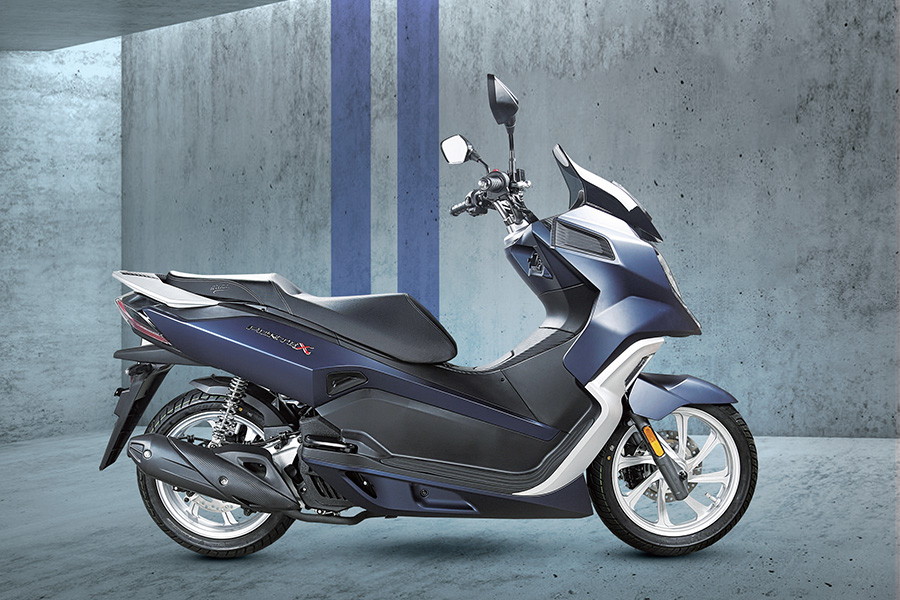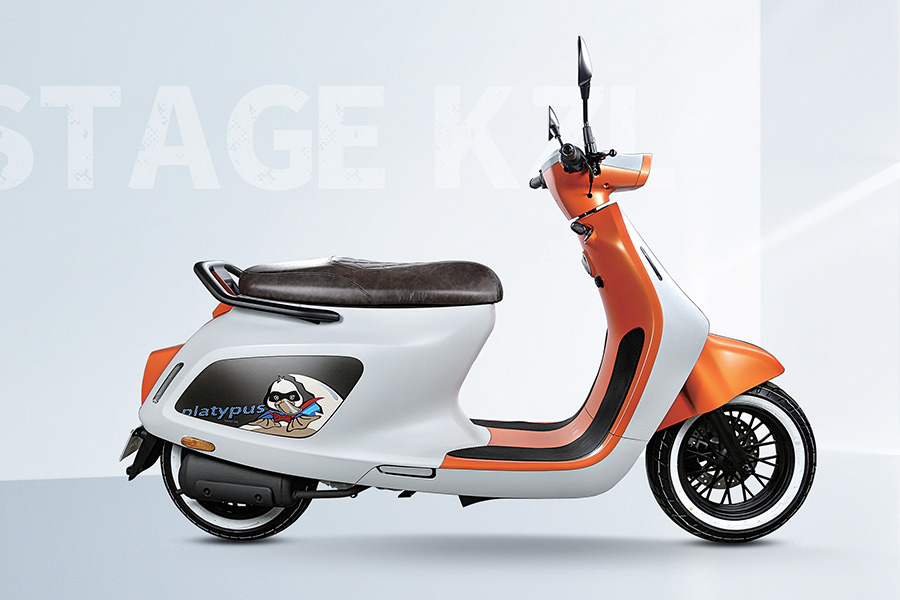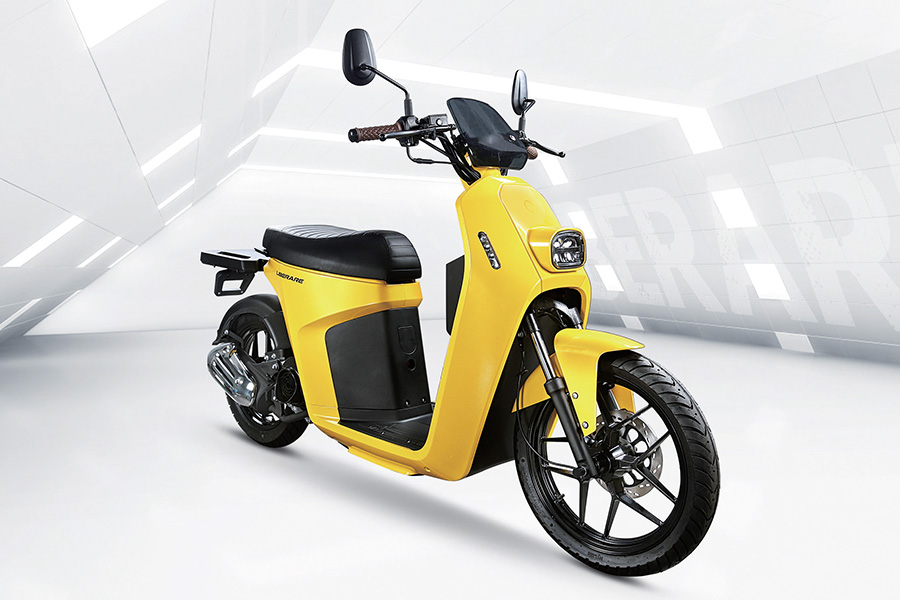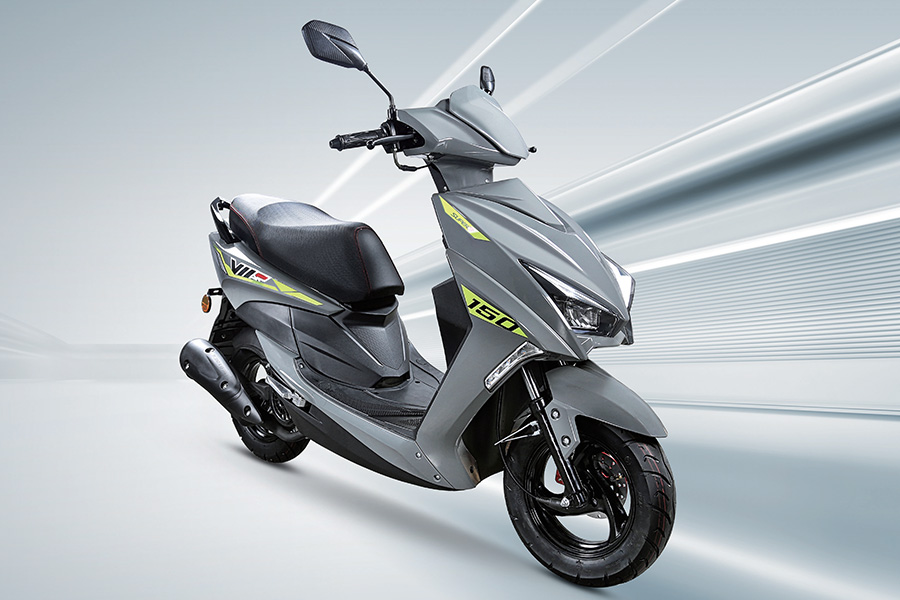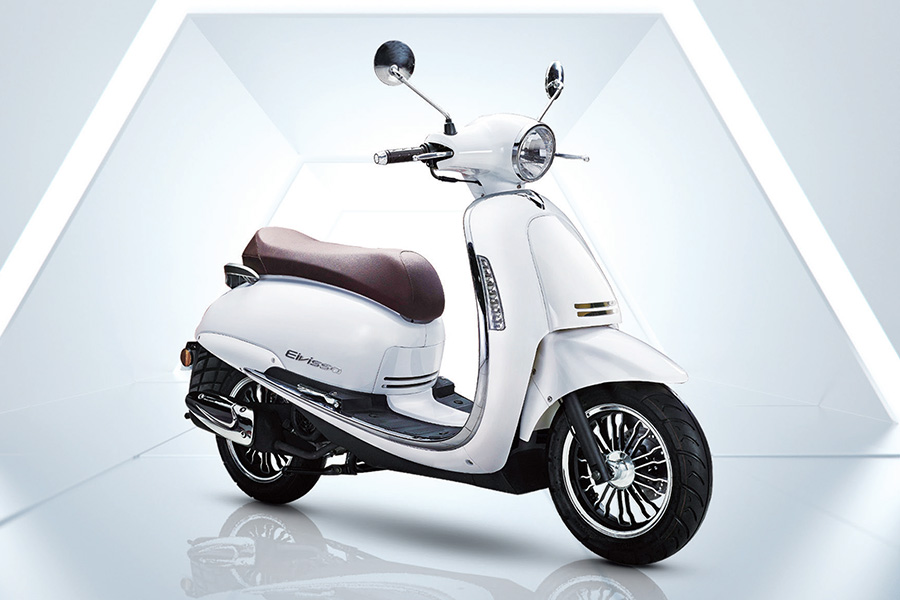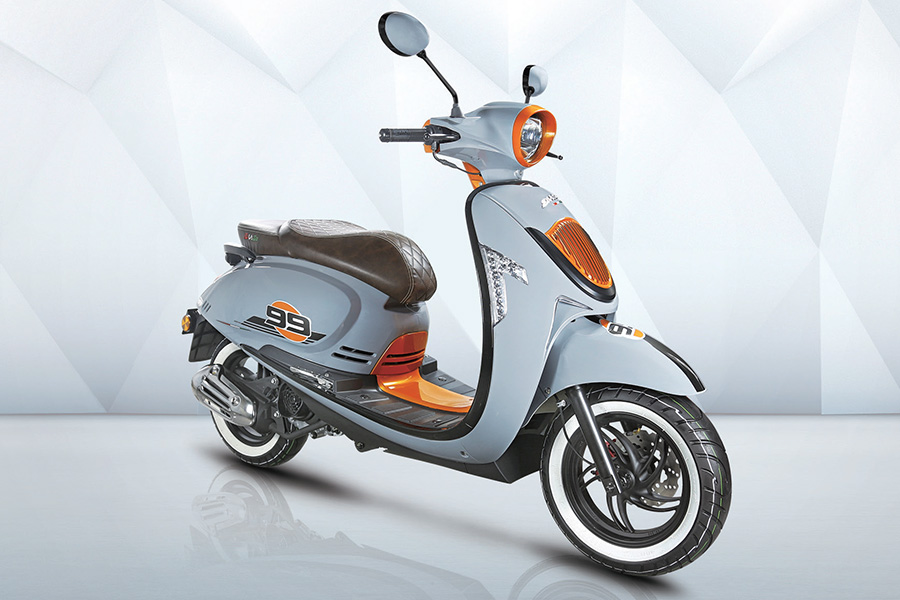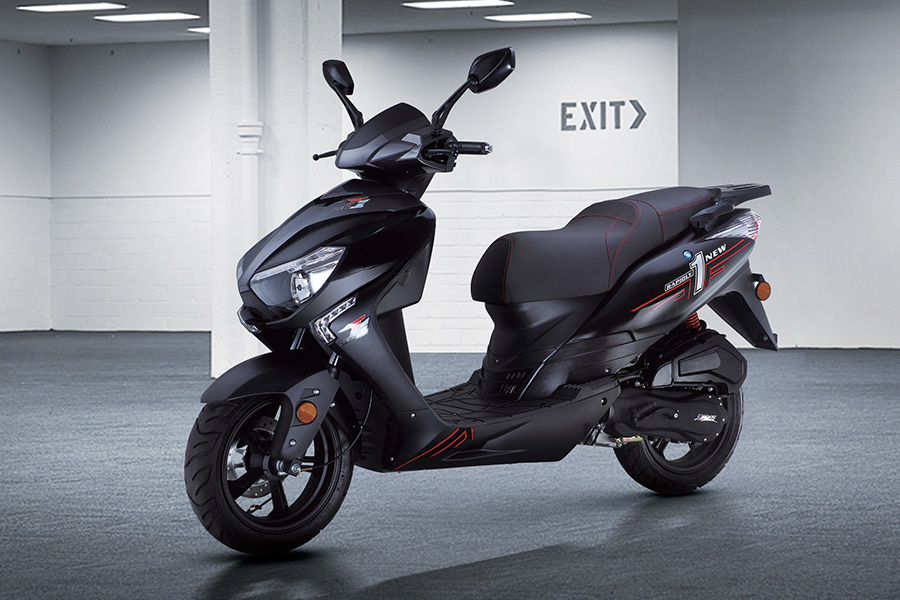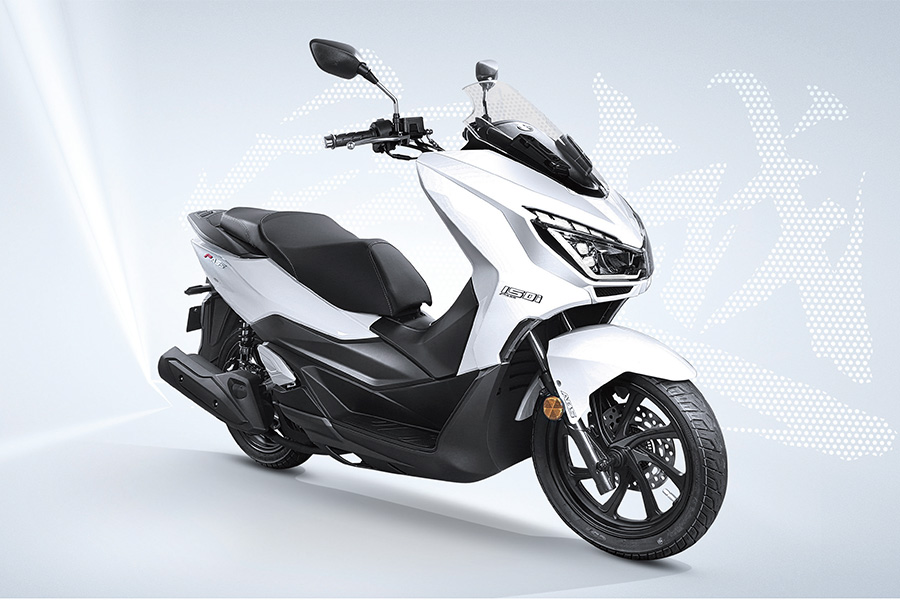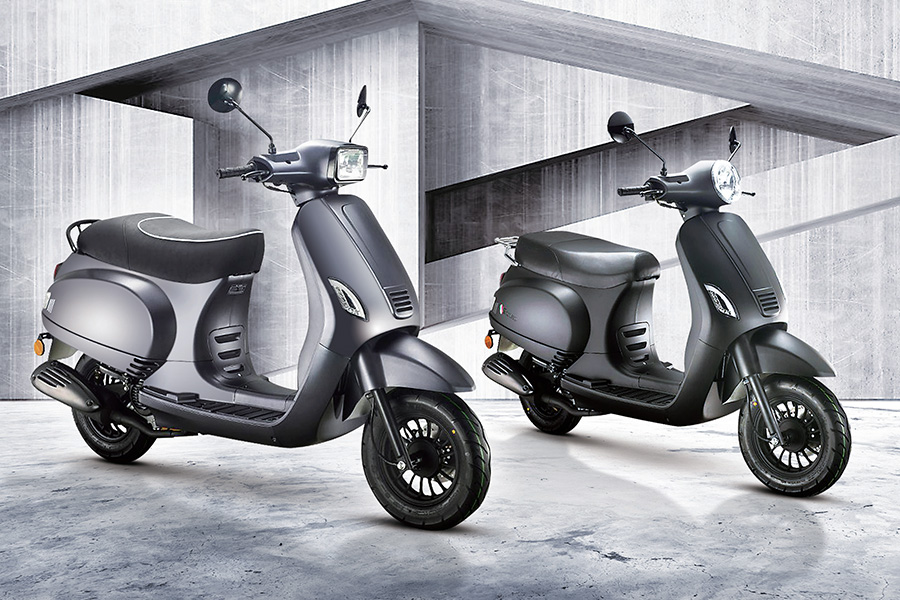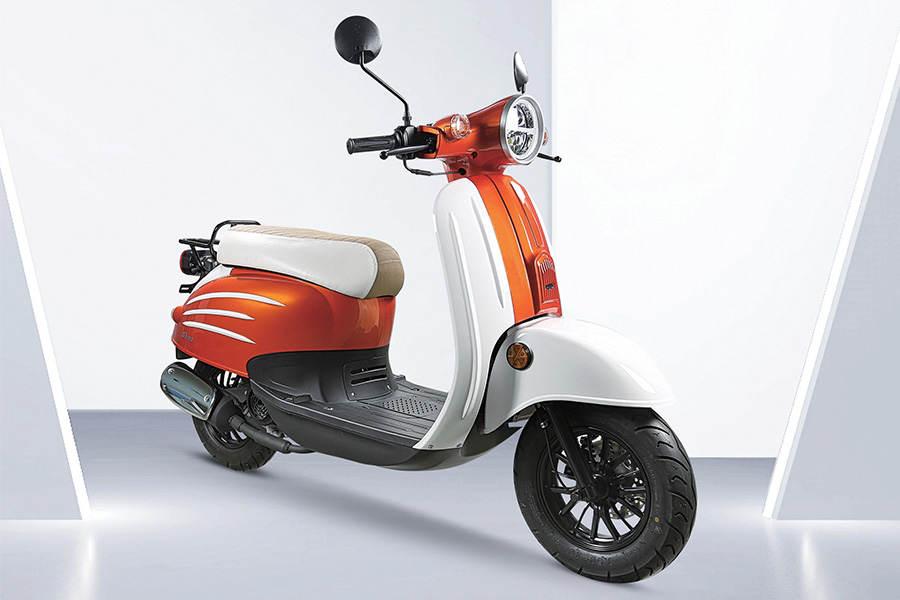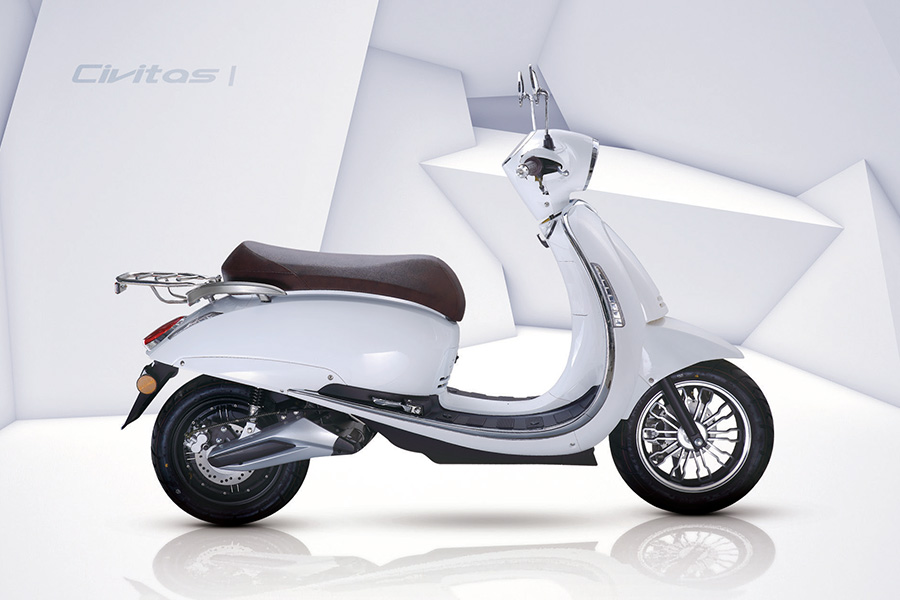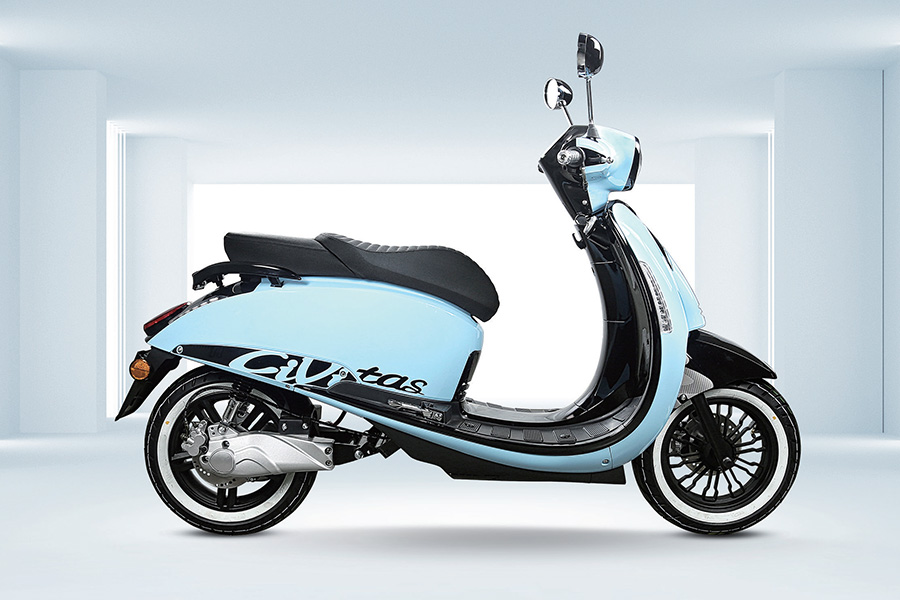Manufacturing Process of Gasoline Scooters
The production of gasoline scooters involves a combination of advanced engineering, traditional manufacturing processes, and rigorous quality control. The key components of these scooters include the engine, transmission system, frame, wheels, and fuel tank.
The engine is the heart of the scooter, often designed to be lightweight, fuel-efficient, and easy to maintain. Manufacturers focus on reducing emissions and improving fuel economy, as these factors are crucial for meeting environmental standards and consumer expectations.
The frame and body of the scooter are typically made from steel or aluminum, with an emphasis on strength, durability, and weight reduction. The design process also involves aesthetic elements, as scooters are often marketed not just for functionality but also for style. This combination of practical and aesthetic considerations results in a product that is affordable, functional, and visually appealing.
The Use and Popularity of Gasoline Scooters
Gasoline scooters are widely used for both commuting and recreational purposes. In urban areas, where traffic congestion and limited parking are common issues, scooters provide a quick and efficient way to navigate through city streets.
For younger consumers, scooters offer a way to travel independently without the financial burden of owning a car. For older adults or those with limited mobility, scooters provide a convenient alternative to walking or relying on public transportation.
Despite the rise in popularity of electric alternatives, gasoline scooters remain a dominant form of transport in many developing countries. This is due to factors such as lower initial costs, a lack of electric charging infrastructure, and the high cost of electric vehicle batteries.
The Market Outlook for Gasoline Scooters
The global market for gasoline scooters is currently facing a number of challenges and opportunities. On the one hand, the increasing shift toward environmental sustainability, driven by stricter emissions regulations and rising fuel costs, has led to a decline in demand for gasoline-powered vehicles.
However, gasoline scooters still hold a significant share of the global market, particularly in developing countries where infrastructure for electric vehicles is lacking. In regions where access to affordable electricity is limited, the cost and convenience of gasoline-powered scooters will likely keep them in high demand.
Improvements in fuel efficiency and engine technology are extending the lifespan and appeal of gasoline-powered scooters, which may help sustain their market presence in the foreseeable future.
Environmental Concerns and Regulatory Pressures
Despite their popularity, gasoline scooters are under increasing scrutiny due to their environmental impact. In response, many companies have made efforts to improve the fuel efficiency of their scooters and reduce harmful emissions. Some high-end models are now equipped with advanced emission control systems such as catalytic converters, while others are designed to run on cleaner fuels or use hybrid technologies.
Conclusion
Gasoline scooters have played a crucial role in personal transportation for many years, offering an affordable and efficient solution for short-distance travel. While the global shift towards electric vehicles poses challenges, gasoline scooters continue to be a dominant force in emerging markets, where their cost-effectiveness and ease of use make them a staple for many commuters.


 俄语
俄语 西班牙语
西班牙语 阿拉伯语
阿拉伯语